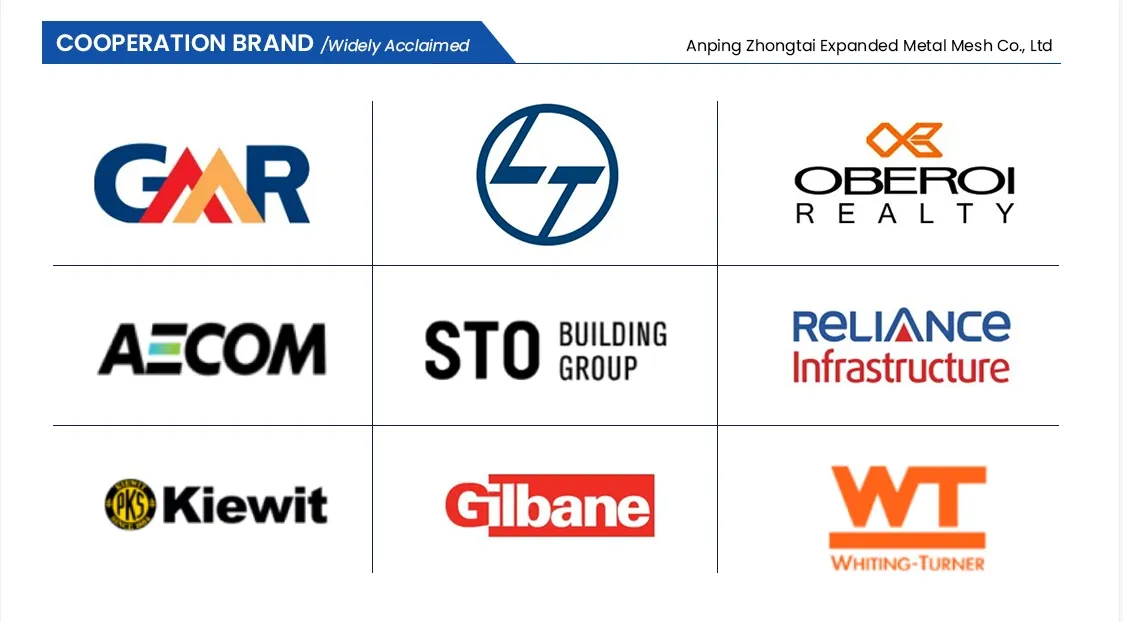The Importance of Absorptive Noise Barriers in Modern Urban Planning
In an era where urbanization continues to expand, the issue of noise pollution has escalated, causing a range of health and environmental concerns. As cities grow, the need to develop efficient methods to mitigate noise has become imperative. One innovative solution that has gained attention is the implementation of absorptive noise barriers. These structures play a crucial role in enhancing the quality of life in urban areas by effectively reducing sound propagation.
Absorptive noise barriers are designed to reduce sound levels by absorbing sound waves rather than just reflecting them. Traditionally, noise barriers have been constructed from hard materials, such as concrete or metal, which primarily serve to deflect noise from its source. However, this reflection often leads to sound bouncing back into the environment, diminishing the effectiveness of noise control measures. Absorptive barriers, on the other hand, utilize materials that have sound-absorbing properties, such as porous wood, fabric-wrapped panels, or specially designed acoustic foam. This allows them to reduce the noise energy that reaches nearby residential or recreational areas, creating a more serene environment.
The construction of absorptive noise barriers is especially beneficial in densely populated areas where high levels of traffic, industry, and construction activities contribute to a cacophony of sounds. By strategically placing these barriers along highways, railways, or industrial zones, urban planners can significantly cut down on the noise that permeates into surrounding neighborhoods. Studies have shown that properly installed absorptive noise barriers can lower sound levels by as much as 10 to 15 decibels, making a remarkable difference in urban soundscapes.
absorptive noise barrier

The environmental impact of noise pollution is an often-overlooked aspect of urban planning. Prolonged exposure to excessive noise has been linked to various health issues, including stress, hypertension, sleep disturbances, and even cardiovascular diseases. By incorporating absorptive noise barriers into city designs, planners can not only enhance the acoustic comfort of urban spaces but also promote better health outcomes for their residents. These barriers function as a frontline defense against sound-related health concerns by diminishing the intensity of unwanted noise and providing peace in urban living conditions.
Moreover, absorptive noise barriers can also contribute to aesthetic enhancement and community cohesion. Unlike traditional barriers that may appear unsightly, modern absorptive barriers can be designed to integrate with the surrounding landscape. Many cities have begun to invest in visually appealing designs by incorporating greenery, artwork, and innovative materials that blend with the environment. This transformation not only fulfills the functional role of sound reduction but also beautifies urban spaces, providing an additional layer of community pride and ownership.
Another key advantage of absorptive noise barriers is their sustainability potential. Many modern designs utilize recycled and environmentally friendly materials, making them an economically viable option for cities looking to reduce their carbon footprint. As cities increasingly grapple with environmental concerns and strive for sustainability, absorptive noise barriers present an avenue for mitigating both noise pollution and ecological impact.
In conclusion, absorptive noise barriers represent a significant advancement in noise mitigation strategies in urban planning. Their ability to absorb sound rather than reflect it, combined with aesthetic and environmental benefits, establishes them as vital components of modern city designs. As urban areas continue to grow and evolve, prioritizing the implementation of absorptive noise barriers can enhance the quality of life for residents, promote health and well-being, and cultivate more peaceful urban environments. The pursuit of noise control will not only lead to enhanced livability but also set the stage for healthier, harmonious urban ecosystems. As we move forward, embracing innovative solutions like these is essential for sustainable urban development and improving overall community health.
-
Why Galvanized Trench Cover Steel Grating Resists Corrosion
NewsJul.10,2025
-
The Versatility and Strength of Stainless Expanded Metal Mesh
NewsJul.10,2025
-
Load Calculations in Steel Grating Platforms
NewsJul.10,2025
-
Keeping Pets and Kids Safe with Chicken Wire Deck Railing
NewsJul.10,2025
-
Hole Diameter and Pitch for Round Perforated Metal Sheets
NewsJul.10,2025
-
Aluminium Diamond Mesh in Modern Architecture
NewsJul.10,2025
Subscribe now!
Stay up to date with the latest on Fry Steeland industry news.

